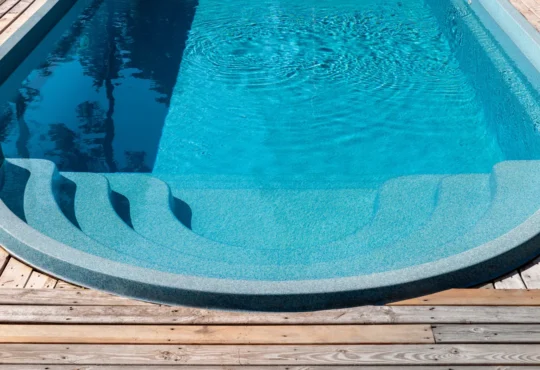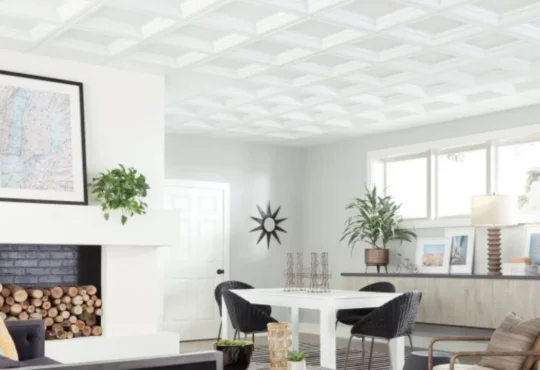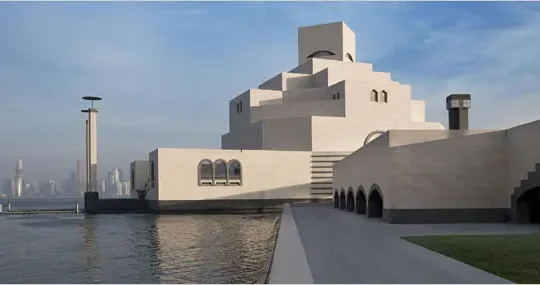Exterior cladding is an excellent way to make your property stand out and make a lasting impression. Regardless of whether your building is new or going through a renovation, the right exterior wall cladding material will not only give your property a visually stunning style but will also safeguard against structural deterioration by protecting your home from the harsh effects of the elements (rain, ice, snow, wind and UV radiation).
There are several different types of exterior cladding materials, and each material has its own unique properties and benefits. Below we shall be taking a look at weatherboard cladding and how it compares to other cladding materials.
Weatherboard Cladding Vs Other Cladding Materials: Which is Better?
Weatherboard Cladding
Weatherboard cladding is one of the many types of exterior cladding available on the market. They are typically made from tapered timber boards, which are then layered thick end over the narrow end. This essentially means that at points on the wall, there are two layers of cladding fixed horizontally (they can also be fixed vertically, although this is not very common).
Some performance considerations for weatherboard cladding include;
Availability – Weatherboard cladding is widely available in various products and profiles. Although they are traditionally made with timber, several other options are now available to create the same traditional look of timber weatherboard cladding while using different materials like vinyl, fiber cement, steel, engineered timber and composites.
Durability – The durability of weatherboard cladding can range from moderate to high depending on certain factors, like the nature of the material (weatherboard claddings made from fiber cement have incredibly high durability) and maintenance. The majority of the time, weatherboard cladding requires very little maintenance, so your property will always have a clean-lined, tidy appearance with minimal effort.
Insulation Properties – Weatherboard cladding actually offers great insulation; however, factors like the board’s thickness, density and sealing may cause the level of insulation to vary.
Fire Resistance – This is another feature that is dependent on the type of weatherboard cladding material that is used. Fiber cement, metal and composite wood offer great fire resistance because they are non-combustible.
Style and Finishes – Weatherboard cladding is quite versatile in that it comes in a wide range of styles, sizes, colors, textures and finishes. This makes them an ideal choice for satisfying any type of preference or taste (traditional, modern or contemporary).
Brick Cladding
Used in either double brick constructions, brick veneer, or reverse brick veneer, this cladding material is also quite popular. In terms of performance, brick cladding has pretty good durability when installed on well-designed footings. They are, however, less suited for reactive soils and seismic loads. Brick claddings have thermal lags (due to their high thermal mass), so they have poor insulating properties. This type of cladding also has good fire resistance and a variety of colors and finishes.
Metal Cladding
The common materials used here are steel and aluminum. The insulating properties of metal claddings are generally poor, but they do offer decent fire resistance and a diverse range of colors and finishes.
Fibre Cement
This is a cladding solution that is quite stable and durable. Fiber cement is the material that results when cement, sand and cellulose fibers are combined. It is usually applied in the form of horizontal boards or sheets. In terms of performance, fiber cement cladding only comes second to timber weatherboard cladding for energy efficiency. Compared to timber weatherboard cladding, fiber cement offers less character, but it does make up for it with high levels of fire resistance and very little need for maintenance.
Conclusion
At the end of the day, each type of exterior cladding material offers its own unique set of benefits, and the best cladding material is the one that meets your preference and the specific requirements of your building.








